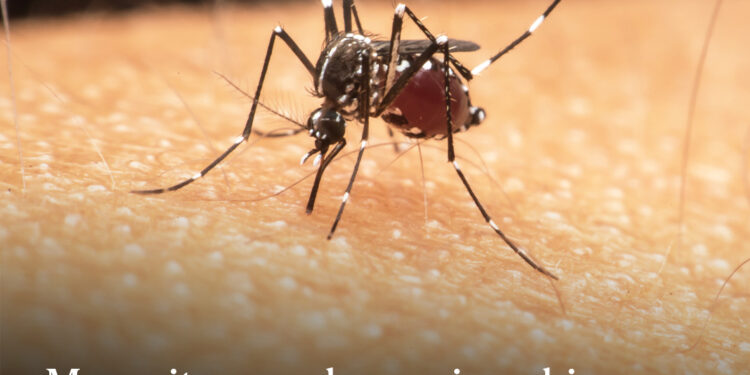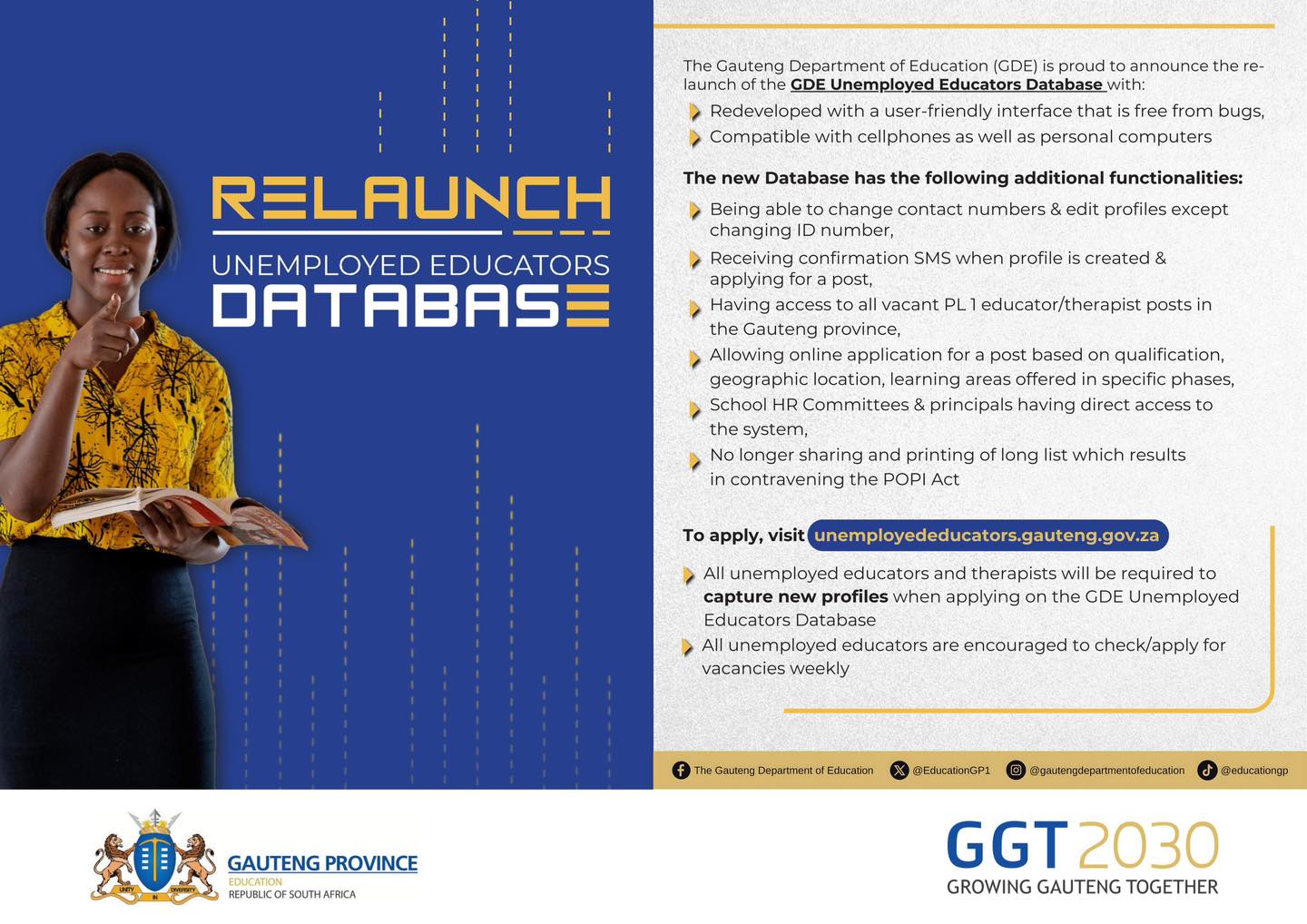Malaria, a mosquito-borne parasitic disease, persists as a significant public health challenge, despite its preventable and treatable nature.
The World Health Organization (WHO) has identified various obstacles contributing to this ongoing issue, such as climate change, reduced funding, persistent conflicts and inadequate implementation of vital interventions. Globally, there were five million more malaria cases in 2022 compared to 2021, totalling 249 million cases, with Africa bearing 94% of this burden.
In South Africa, where malaria transmission follows a seasonal pattern, a retrospective review of case data collected throughout a malaria season proves indispensable. Such reviews provide insights into case trends, patterns and distribution, enabling malaria programmes to make informed decisions about the targeting of control interventions for the upcoming season.
This report delves into malaria case notification data from the 2022–2023 season, gathered by the Notifiable Medical Conditions Surveillance System (NMC-SS), and compares it with data from the endemic provinces’ District Health Information System 2 (DHIS2) during the same reporting period – NICD!










